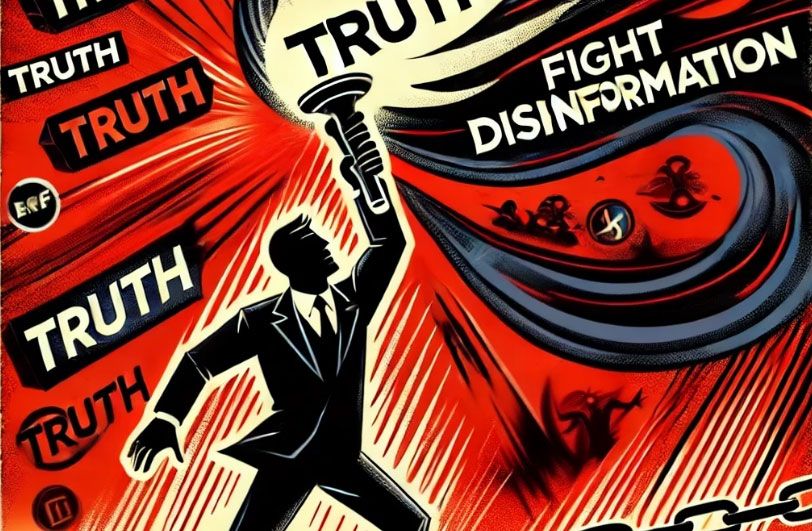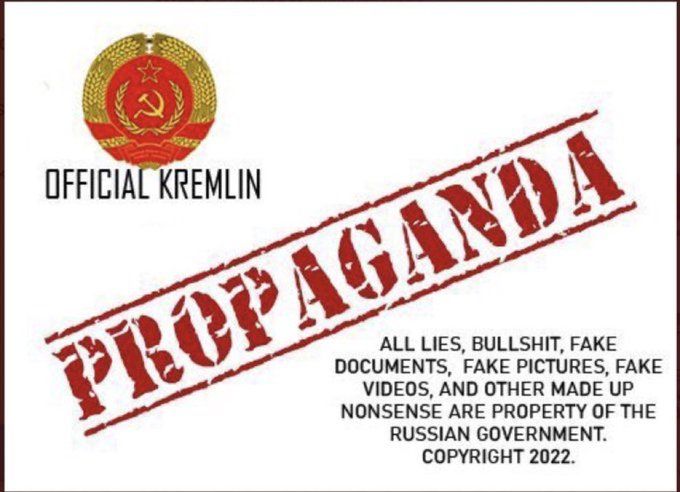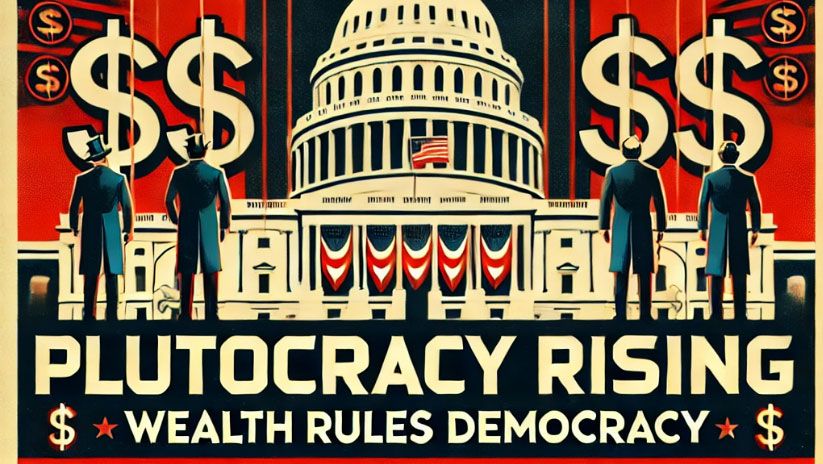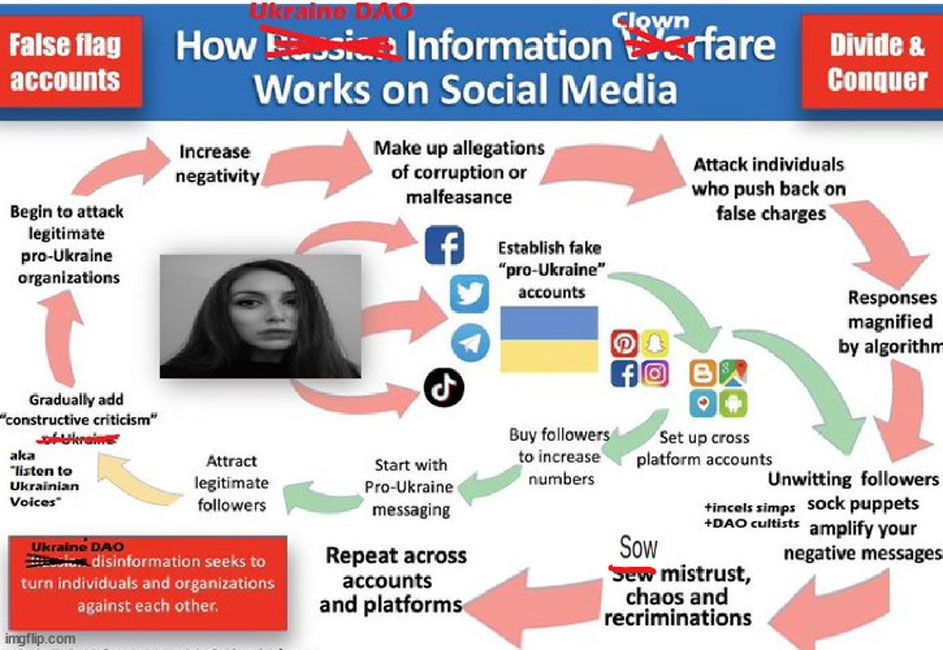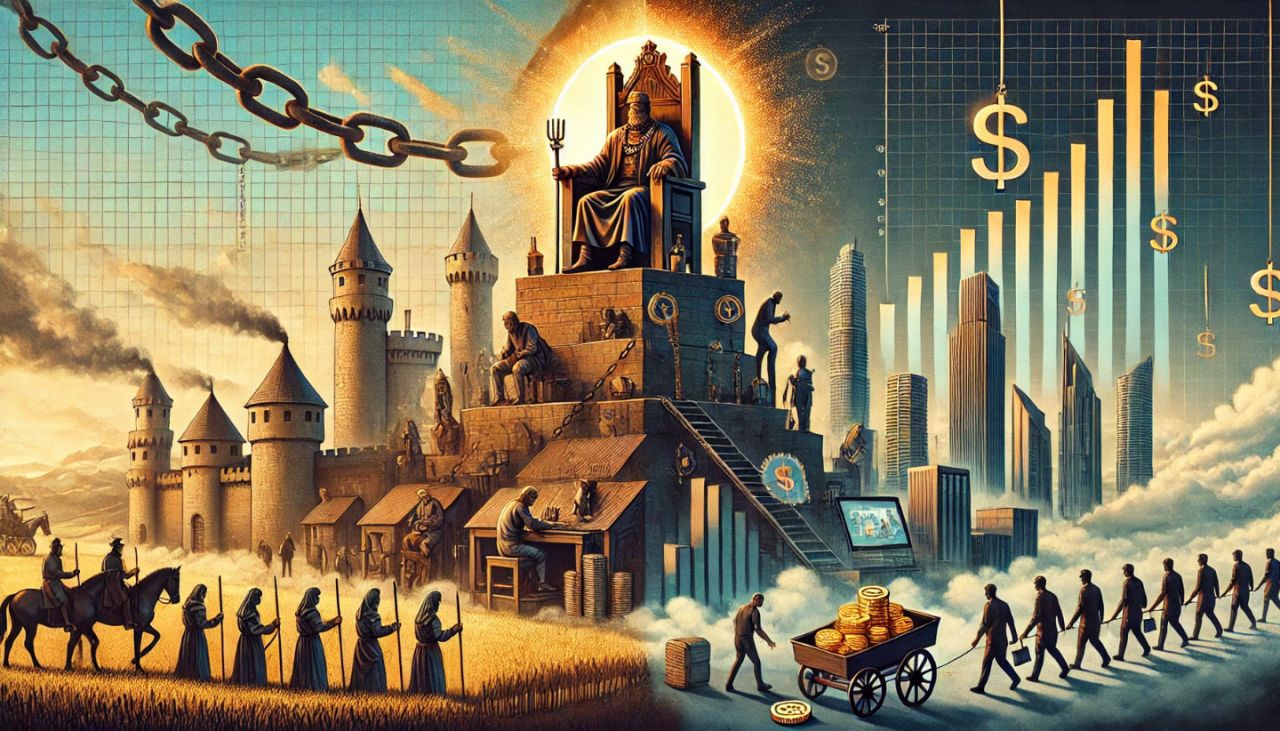The Lies That Shape Our Lives
Disinformation is not just about “fake news” or clickbait headlines.
It is a tool of power, used to shape what we believe, who we trust, and ultimately, how society functions.
From political propaganda to racial stereotypes, disinformation has been used for centuries to divide communities, justify oppression, and control public perception.
Today, in the digital age, it spreads faster and farther than ever before.
This article explores the history, psychology, and real-world impact of disinformation, drawing from the groundbreaking work of Rachel Kuo and Alice Marwick in Critical Disinformation Studies.
Why do smart people believe lies?
How has disinformation been weaponized throughout history?
And what can we do to fight back?
Let’s find out.
What is Disinformation, Really? (Beyond Fake News)
Imagine you’re scrolling through your phone and see a shocking headline: New Study Shows Chocolate Cures Cancer!
It’s an exciting claim, but you quickly realize it’s false.
If the person who shared it genuinely believed it, that’s misinformation—wrong information spread without intent to deceive.
But what if a major corporation paid a team of influencers to push that headline because they wanted to sell more chocolate bars?
That’s disinformation—a strategic lie, spread with the intent to manipulate.
Unlike simple mistakes, disinformation is often crafted by powerful entities—governments, political groups, corporations—to control narratives and influence behavior.
It’s not just about spreading falsehoods; it’s about who benefits from the lie.
Disinformation is Older Than You Think: From Ancient Myths to Social Media Lies
Many people think disinformation is a modern problem, created by the internet and social media.
But history tells a different story.
- Ancient Rome: In 31 B.C., Emperor Augustus spread false rumors about his rival, Mark Antony, claiming he was a drunken traitor who had abandoned Rome for Cleopatra. It worked—Antony lost the war, and Augustus became the first Emperor of Rome.
- The Cold War: In the 1980s, Soviet intelligence agencies planted a story that the U.S. government had created HIV/AIDS as a biological weapon. The lie spread globally, fueling anti-American sentiment and mistrust in public health institutions.
- Modern Politics: The “Birther” conspiracy theory falsely claimed that Barack Obama was not born in the U.S., an attempt to delegitimize his presidency. Despite being repeatedly debunked, the rumor persisted, influencing millions of voters.
The methods of spreading disinformation have changed, but the goal remains the same: control the story, control the people.
In ancient times, rulers relied on oral propaganda and state-controlled scribes to spread misinformation.
In the 20th century, radio and television became powerful tools for shaping public perception.
Today, social media algorithms amplify disinformation at an unprecedented scale, ensuring falsehoods reach millions in seconds.
Why Smart People Believe Stupid Lies
If disinformation is so obviously false, why do people fall for it?
Consider the case of a Florida man who burned down a cellphone tower because he believed 5G technology was spreading COVID-19.
He wasn’t alone—this conspiracy theory, despite being debunked, led to numerous arson attacks worldwide.
Stories like this show how disinformation can drive real-world actions with serious consequences.
- Emotion Over Logic – Lies that make us angry, scared, or outraged spread faster than boring truths. That’s why political disinformation often focuses on fear—fear of immigrants, fear of crime, fear of change.
- Reinforcing Existing Beliefs – We are more likely to believe things that confirm what we already think. If someone already distrusts the government, they’ll be more likely to believe conspiracy theories about government cover-ups.
- Trust in “Our” Sources – People tend to trust information from friends, family, or influencers they follow, even if the information is incorrect.
- The Illusion of Knowledge – The internet gives us access to endless information, but that doesn’t mean we’re experts. A few Google searches can make someone feel well-informed without actually understanding a topic deeply.
Who Gets Hurt? The Real-World Impact of Disinformation
Disinformation isn’t just about misleading headlines—it has real, dangerous consequences.
It can shape the way we vote, influence the medical decisions we make, and even determine how safe we feel in our own communities.
- Public Health Crises – False claims about COVID-19 vaccines led to unnecessary deaths and prolonged the pandemic.
- Hate Crimes and Violence – The spread of “Chinese Virus” rhetoric during the pandemic fueled a rise in anti-Asian hate crimes.
- Political Chaos – The January 6th Capitol riot was fueled by disinformation claiming the 2020 U.S. election was “stolen.”
- Suppression of Marginalized Communities – Black voters have been targeted with false voting information to discourage participation in elections.
These are not harmless lies. They are weapons, used to manipulate and control.
Can We Fight Back? The Limits of Fact-Checking
If fact-checking alone worked, disinformation wouldn’t be such a problem.
But here’s the reality:
- Search engines can reinforce bias – A simple Google search might lead you straight to a conspiracy website.
- People resist being corrected – Studies show that when people are confronted with evidence that contradicts their beliefs, they often double down rather than change their minds.
- Tech platforms profit from disinformation – Outrage fuels clicks, and clicks fuel ad revenue. Many social media companies have little incentive to stop viral falsehoods.
Fighting disinformation isn’t just the responsibility of governments and tech companies—it’s up to all of us.
So what can we do?
- Call out misinformation when you see it – but do so with empathy, not hostility.
- Support independent journalism and fact-based reporting.
- Hold tech companies accountable – Demand stronger policies against disinformation campaigns.
- Educate, don’t shame – People rarely change their minds when they feel attacked. Open conversations work better than arguments.
Truth is a Battle Worth Fighting
Disinformation isn’t an accident—it’s a strategy.
It’s been used for centuries to control, divide, and manipulate.
Understanding this is the first step in fighting back.
The next step? Spreading truth with the same urgency that others spread lies.
The stakes are high. Lies shape elections.
They fuel violence. They cost lives.
The question is: will we let them?
Sources & Further Reading
- Kuo, R., & Marwick, A. (2021). Critical Disinformation Studies: History, Power, and Politics. Harvard Kennedy School Misinformation Review. Link
- Noble, S. (2018). Algorithms of Oppression: How Search Engines Reinforce Racism. New York University Press.
- Freelon, D., & Wells, C. (2020). Disinformation as Political Communication. Political Communication, 37(2), 145–156. Link
- Marwick, A. & Partin, W. (2020). QAnon Shows That the Age of Alternative Facts Will Not End With Trump. Columbia Journalism Review. Link
Did you learned something new today? Do you enjoy my work?
Keep it going for just $2! 🎉
Grab a membership, buy me a coffee, or support via PayPal or GoFundMe. Every bit helps! 🙌🔥
BMAC:https://buymeacoffee.com/nafoforum/membership
PP: https://www.paypal.com/donate/?hosted_button_id=STDDZAF88ZRNL
GoFundMe: https://www.gofundme.com/f/support-disinformation-education-public-education-forum
Study overview
Summary of the Study
This study advocates for a critical approach to disinformation research that goes beyond fact-checking and media literacy.
Instead of treating disinformation as merely false information, the authors argue that it is a tool of power—used to shape narratives, reinforce inequalities, and control public perception.
Key Points:
1. Disinformation as a Tool of Power
- Disinformation is often framed as “pollution” in an otherwise healthy information ecosystem, but this ignores who benefits from the spread of falsehoods.
- The study argues that disinformation often builds on pre-existing ideologies, especially those tied to race, gender, and class.
- White supremacy, nationalism, and corporate interests have historically used disinformation to maintain control.
2. Historical Use of Disinformation
- Colonialism & Empire: European powers justified slavery and conquest using racist pseudoscience and fabricated histories.
- U.S. Media & Race: The white press historically portrayed Black communities as criminal threats, shaping public policy and justifying violence.
- Government & War: The Bush administration falsely claimed Iraq had weapons of mass destruction, leading to the Iraq War.
3. The Real-World Consequences of Disinformation
- Political Suppression: Black voters have been disproportionately targeted with false information to discourage participation.
- Health Misinformation: COVID-19 disinformation led to vaccine hesitancy and unnecessary deaths, particularly in marginalized communities.
- Racist & Xenophobic Narratives: Conspiracy theories such as QAnon and anti-immigrant rhetoric build on long-standing racial fears.
4. Why Fact-Checking Isn’t Enough
- Disinformation succeeds because it plays on emotions, especially fear and outrage.
- Simply correcting falsehoods doesn’t work—people often double down on their beliefs when confronted with evidence.
- Social media platforms profit from outrage, making them complicit in spreading disinformation.
5. A Critical Approach to Disinformation
- Instead of blaming individuals for “falling for fake news,” we should analyze who creates disinformation and why.
- Researchers must connect history, race, politics, and technology to understand why disinformation spreads.
- Solutions should focus on holding platforms and institutions accountable, not just promoting media literacy.
Conclusion
Disinformation is not an accident—it is a strategy used by powerful actors to shape reality, suppress opposition, and maintain hierarchies.
The study calls for a broader, structural approach to combating disinformation, one that acknowledges its roots in power, inequality, and history.


